Filter by
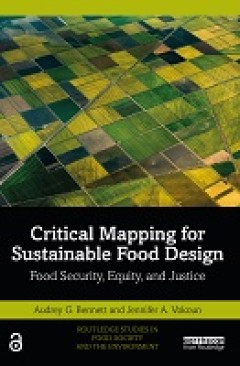
Chapter Introduction
Critical mapping—a problematizing, reflective approach to design inquiry—investigates how existing design outcomes (DOs) can be coupled to form a wicked solution to address a wicked problem. We have found that visual framing married to affinity organization is one of the most important strengths in critical mapping, helping to communicate the concepts to stakeholders, structure ou…
- Edition
- -
- ISBN/ISSN
- 9781032118895
- Collation
- Pages 9
- Series Title
- -
- Call Number
- -
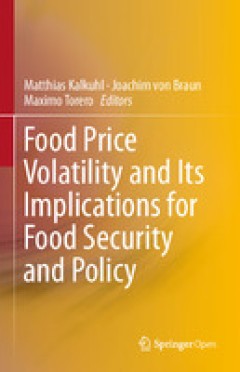
Food Price Volatility and Its Implications for Food Security and Policy
- Edition
- -
- ISBN/ISSN
- 9783319282015
- Collation
- -
- Series Title
- -
- Call Number
- -
- Edition
- -
- ISBN/ISSN
- 9783319282015
- Collation
- -
- Series Title
- -
- Call Number
- -
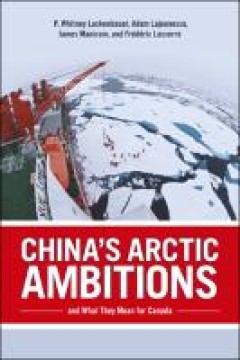
China's Arctic Ambitions and What They Mean for Canada
China’s Arctic Ambitions and What They Mean for Canada is one of the first in-depth studies of China’s increasing interest in the Arctic. It offers a holistic approach to understanding Chinese motivations and the potential impacts of greater Chinese presence in the circumpolar region, exploring resource development, shipping, scientific research, governance, and security. Drawing on extensi…
- Edition
- -
- ISBN/ISSN
- 9781552389027
- Collation
- -
- Series Title
- -
- Call Number
- -
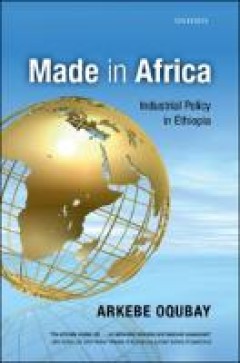
Made in Africa: Industrial Policy in Ethiopia
This book presents the findings of original field research into the design, practice, and varied outcomes of industrial policy in three sectors in Ethiopia, covering export-oriented and import-substitution industries. The three sectors are cement, leather and leather products, and floriculture. Given that there is a single industrial strategy, why do its outcomes vary across sectors? To what ex…
- Edition
- -
- ISBN/ISSN
- 9780198767800
- Collation
- -
- Series Title
- -
- Call Number
- -
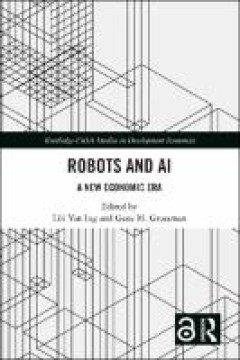
Robots and AI
Robots and artificial intelligence (AI) are powerful forces that will likely have large impacts on the size, direction, and composition of international trade flows. This book discusses how industrial robots, automation, and AI affect international growth, trade, productivity, employment, wages, and welfare. The book explains new approaches on how robots and artificial intelligence affect the w…
- Edition
- -
- ISBN/ISSN
- 9781000626483
- Collation
- -
- Series Title
- -
- Call Number
- -
 Computer Science, Information & General Works
Computer Science, Information & General Works  Philosophy & Psychology
Philosophy & Psychology  Religion
Religion  Social Sciences
Social Sciences  Language
Language  Pure Science
Pure Science  Applied Sciences
Applied Sciences  Art & Recreation
Art & Recreation  Literature
Literature  History & Geography
History & Geography